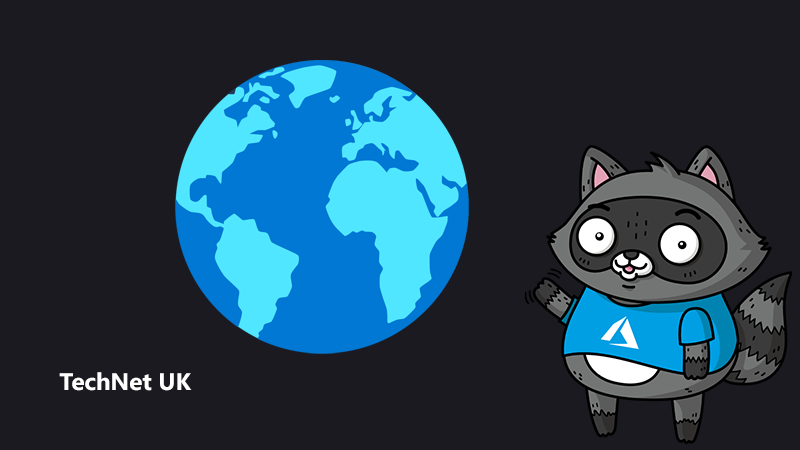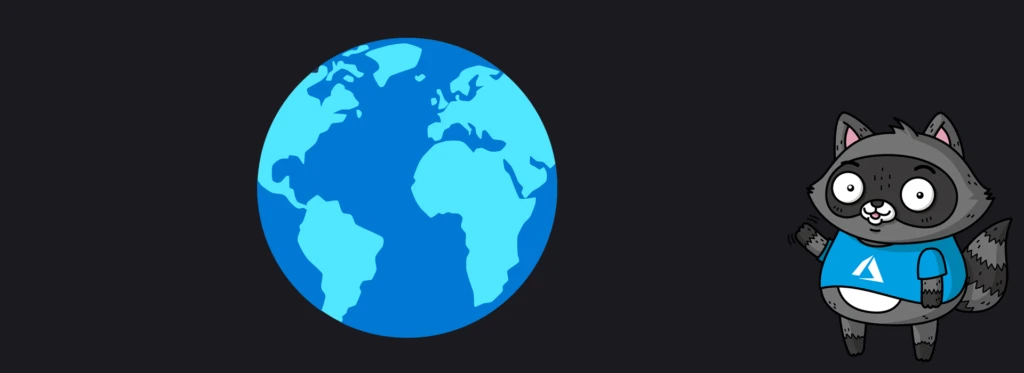
It’s a great time for programmers to learn low-code

Low-code/no-code techniques have enormous potential, particularly when bolstered by artificial intelligence (AI). Several thousand pundits, thought leaders and consultants already have stories to tell on the theme that “even non-professionals can create apps in no time…”. This success story is the fruit of many interesting social and technological developments.
By the late 1950s, COBOL and FORTRAN (as they were then capitalised) promised that programs would be readable by non-specialists. “Readable” was the salient criterion for the time, of course; English could barely express the idea that people in business might render their own digital content by typing until roughly 1975. “Typist” and its variations continued to grow as a profession for about another 15 years.
Low-code long ago succeeded, in the sense that the majority of programming is already done by non-professionals. Am I serious? Yes: by any appropriate measure, the world’s most-used programming language is Spreadsheet, as implemented by Microsoft Excel, Google Sheets and their competitors. At least a billion people worldwide use spreadsheets to get results that would take years to arrive if they had to wait on the planet’s 25 million programmers. Low-code won, a long time ago.
This is a huge accomplishment that brings with it inevitable challenges. For example, several scientific researchers have independently analysed and published peer-reviewed scientific papers in genetics and clinical medicine, and accumulated evidence that between 30 percent and 92(!) percent of these have blatant errors traceable to common spreadsheet fumbles.
But these incidents testify to spreadsheets’ success, rather than failure. In each instance, non-specialists are producing results on their own that would have cost more, and taken more time, if they’d waited for professional programmers. As embarrassing as mass-market coverage makes the errors appear to be, they’re secondary to the actionable results that emerged from “end-user computing”. Non-specialists know little of the limits of the tools they use, and that’s as it should be.
Why programmers will remain in demand
In any case, programmers have the opportunity to work alongside citizen developers and extend on low-code. We can build and enhance apps, automate processes and create virtual agents more quickly, helping organisations innovate and achieve their objectives faster.
Low-code also offers opportunities for developers to learn powerful new skills that can advance your career, earn recognition from your peers and attract employers.
Of course, even when the most richly AI-ified no-code performs perfectly and an initial demonstration or roll-out succeeds, ‘base-layer’ coding skills will remain in demand. Apps will still require installation, need to be reconciled with local expectations for security certificates or localised text or multi-factor authentication, and so on. A programming mentality will play a crucial role for decades to come.
If “programmer” to you means someone who just churns out more of the same Java or CSS (or COBOL) learned at university, then, yes: low-code might well render such specimens extinct. If, however, you see professional software development as an adventure in life-long learning, low-code will be your friend. It’s a great time to learn low-code.




